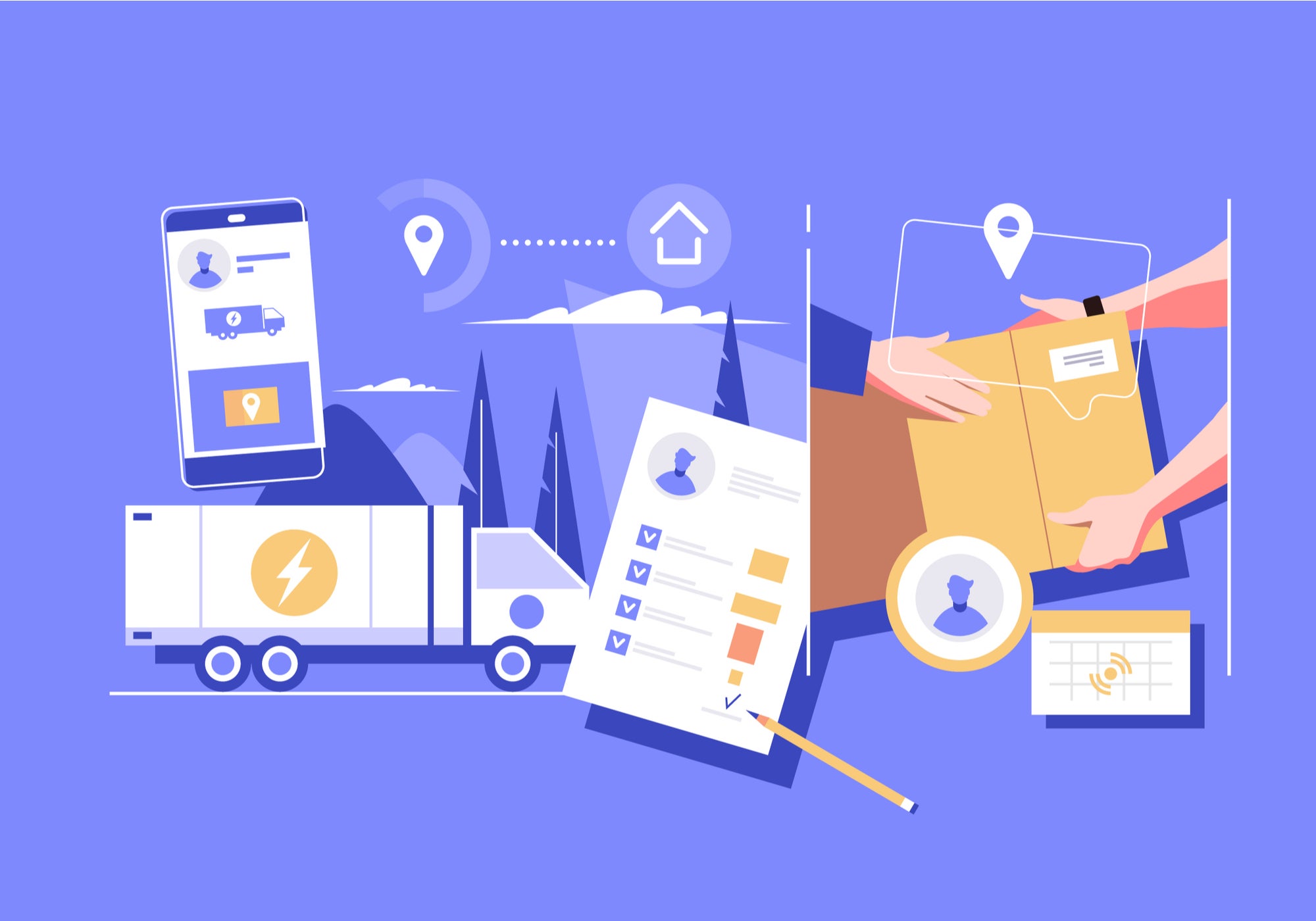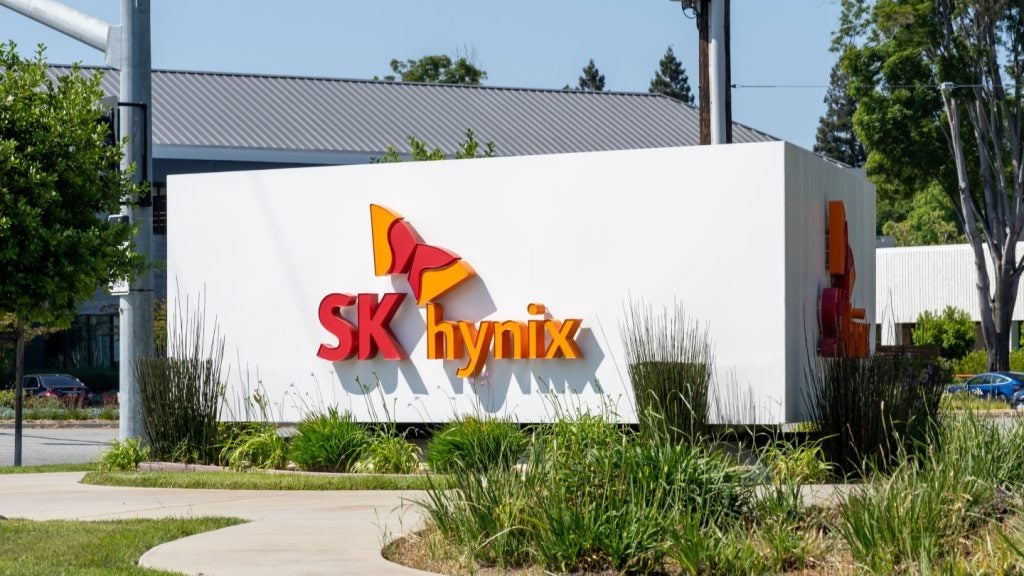
Logistics is an essential component in the retail chain. Perfumes, printers and pepper mills don’t appear on the shelves out of thin air. But for decades, the majority of consumers have never prioritised where their items actually come from and what the journey is from factory to shop floor.
From shipping routes to packaging materials, from transportation methods to stock storage, supply chain variables affect both the balance sheet and carbon emission output of a business. Consumers are waking up to this impact: in fact, 58% of 25-34-year-olds look for green and/or carbon-neutral delivery options as a purchase differentiator, and accordingly, businesses are beginning to understand that they must take climate-friendly solutions seriously as they rebuild from the pandemic.
As businesses search for ways to build sustainable and ‘green’ options without breaking the bank, many are turning to artificial intelligence. AI, among many advantages, has the ability to streamline processes, allowing the carbon footprint of business logistics to be reduced without compromising cost. And going green is often more reasonable than you might think.
Given that many of us are now adjusting to the realities of working remotely, let’s take the “logistics life-cycle” of a standalone computer monitor as an example.
Packaging & processing
A frequent source of concern – and at times bemusement – among consumers is the amount of excess packaging that shrouds what turns out to be a proportionally small item. Boxed in cardboard that’s too big, our computer monitor is likely to be nestled under layers and layers of bubble wrap, polystyrene, styrofoam ‘wotsits’ or plastic air pockets: some of which will be protective, some of which will be excess, most of which cannot be recycled without considerable effort.
Alongside the growing range of green alternatives, such as sustainably-sourced and biodegradable materials, and a rise in paper packaging, AI-driven automation can consolidate the packaging process.
How well do you really know your competitors?
Access the most comprehensive Company Profiles on the market, powered by GlobalData. Save hours of research. Gain competitive edge.

Thank you!
Your download email will arrive shortly
Not ready to buy yet? Download a free sample
We are confident about the unique quality of our Company Profiles. However, we want you to make the most beneficial decision for your business, so we offer a free sample that you can download by submitting the below form
By GlobalDataThe key is in good process control.
For example, in most cases where a package of a certain size might not be available at the time of packing, teams might place products in oversized boxes. Despite saving time, this choice instead increases the overall delivery cost, and is a clear signal to the consumer that a business is less mindful of its environmental impact. The larger box itself also tends to be more expensive than the correct size container.
Using automated packaging selection processes, powered by AI and (often) robotic systems, would allow the dispatch team to work more efficiently.
AI can provide accurate predictive stock control, which would mean that the right-sized box for the monitor is always accessible and can automatically reorder it when it’s running low. Based on the monitor’s dimensions and protective packaging requirements, the system will then automatically recommend the right sized box for the robotic system to pack and provide instructions for how to pack efficiently.
Storing & warehousing
Our plucky little monitor will then likely be held in a central warehouse, many miles from its final destination. It will sit patiently next to other products awaiting distribution, the quantities of which are estimated based on previous demand – which in turn may or may not be accurate with real-time swings in consumer appetite.
In the age of the pandemic and climate change, adaptation is even more essential. To achieve maximum carbon efficiency in the warehousing process, businesses must embrace AI capabilities.
First, to strip down stock levels to what is necessary. Real-time data trends and predictive analytics can do this, and the result is that items are not created or wasted unnecessarily (and the computer monitor doesn’t sit on the shelf gathering dust).
Second, to streamline storage solutions using an AI-powered automated storage and retrieval system (AS/RS), reducing the physical footprint of a warehouse and its energy consumption (AS/RS solutions can operate in the dark and use energy-efficient technology).
Third, to reduce waste, enabling fewer picking errors and requiring fewer pallet handling materials.
Out for delivery
Once ordered, however, our monitor often then has to travel hundreds of miles on a roundabout route from warehouse to warehouse to reach its final destination, unnecessarily increasing its carbon footprint.
In these cases, AI logistics can help to identify relevant local storage hubs, cross-referencing real-time stock availability and storage capacity, and optimised shipping routes. Businesses can use this assistance to distribute products closer to the consumer in anticipation of them adding, for example, a handy computer monitor to their basket. AI can then intelligently select a carrier with the lowest CO2 impact by assessing carrier CO2 emissions, routing and/or selecting green services, where available.
It is far too complex for a human to balance all of these variables and calculate the best outcomes in real-time. But for AI, it’s instant.
Put simply, automated intelligent fulfilment processes, a smart, decentralised stock distribution system and optimised shipping options can dramatically minimise carbon emissions and reduce cost. In the case of sending a standard pallet from south-east China to the USA for example, taking the ocean route rather than airfreight creates roughly 85 times less CO2.
Time to take stock of AI logistics
Economies rely on businesses, and businesses rely on logistics. Logistics firms and carriers are themselves major contributors of carbon emissions: the transport sector alone is responsible for emitting 27% of greenhouse gas emissions in Europe. However, like all companies, they will also be increasingly affected by the climate crisis – highlighting the need for modernisation and full digital transformation in the legacy industry.
And while evidence from the pandemic shows that economies at a near standstill saw a 5.5% drop in emissions, the stark reality is that not even this is enough to meet the UN’s 7.6% reduction target to mitigate the march of climate change.
AI logistics solutions offer optimism for long-term change. While sustainability is hardly front of mind as businesses begin to rebuild after the initial shock of the pandemic, it shouldn’t – and needn’t – be forgotten. Consumers are increasingly demanding corporate responsibility, and consumer pressure is one of the most powerful drivers of change. AI is proving that economically viable and climate-sensitive solutions do exist, and businesses have the opportunity to incorporate them into their everyday operations.
Philip Ashton is the CEO and co-founder of 7bridges, a smart logistics company that streamlines a company’s logistics data and processes in its automated platform.
Read more: Exotec raises $90m funding to expand warehouse robotics







